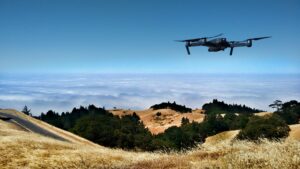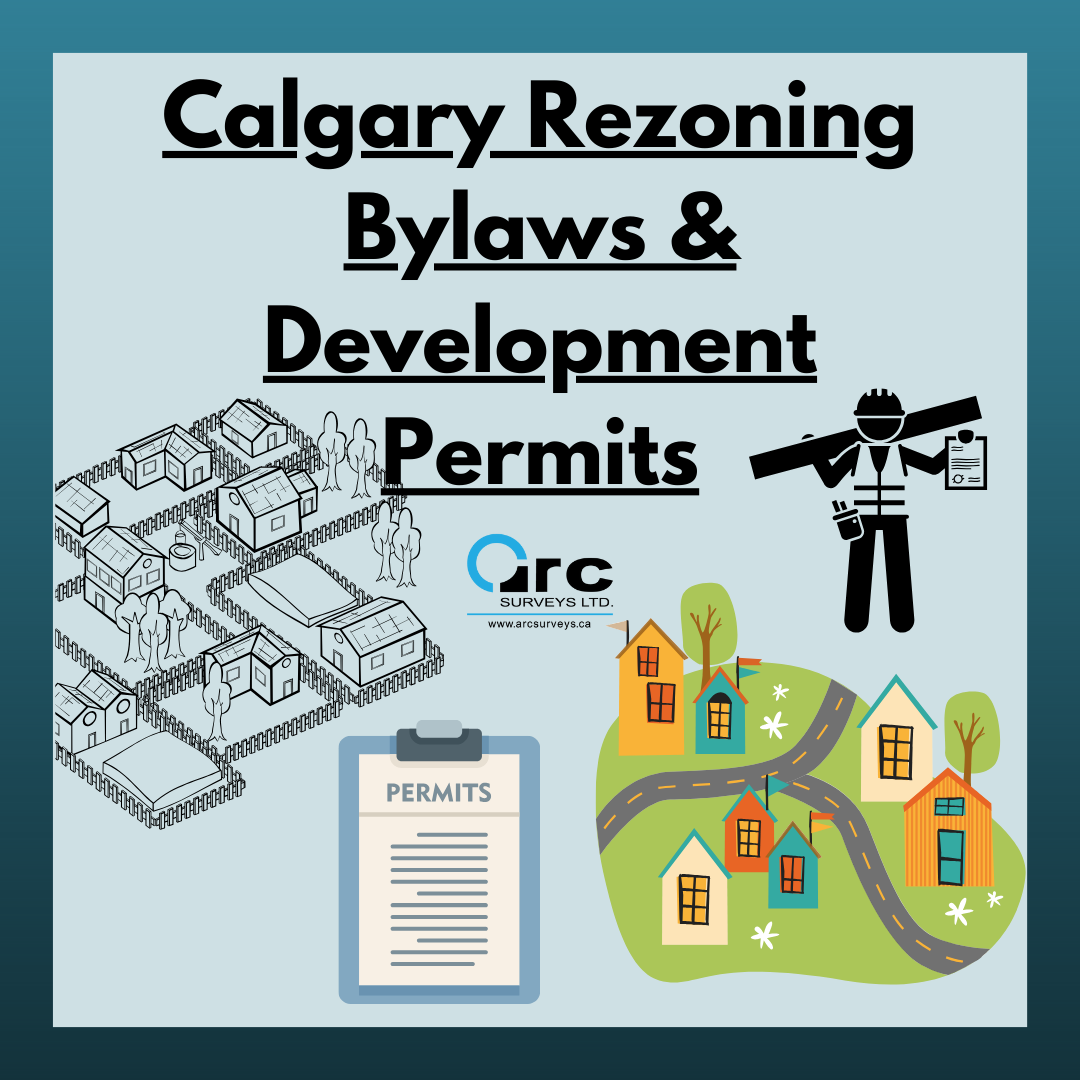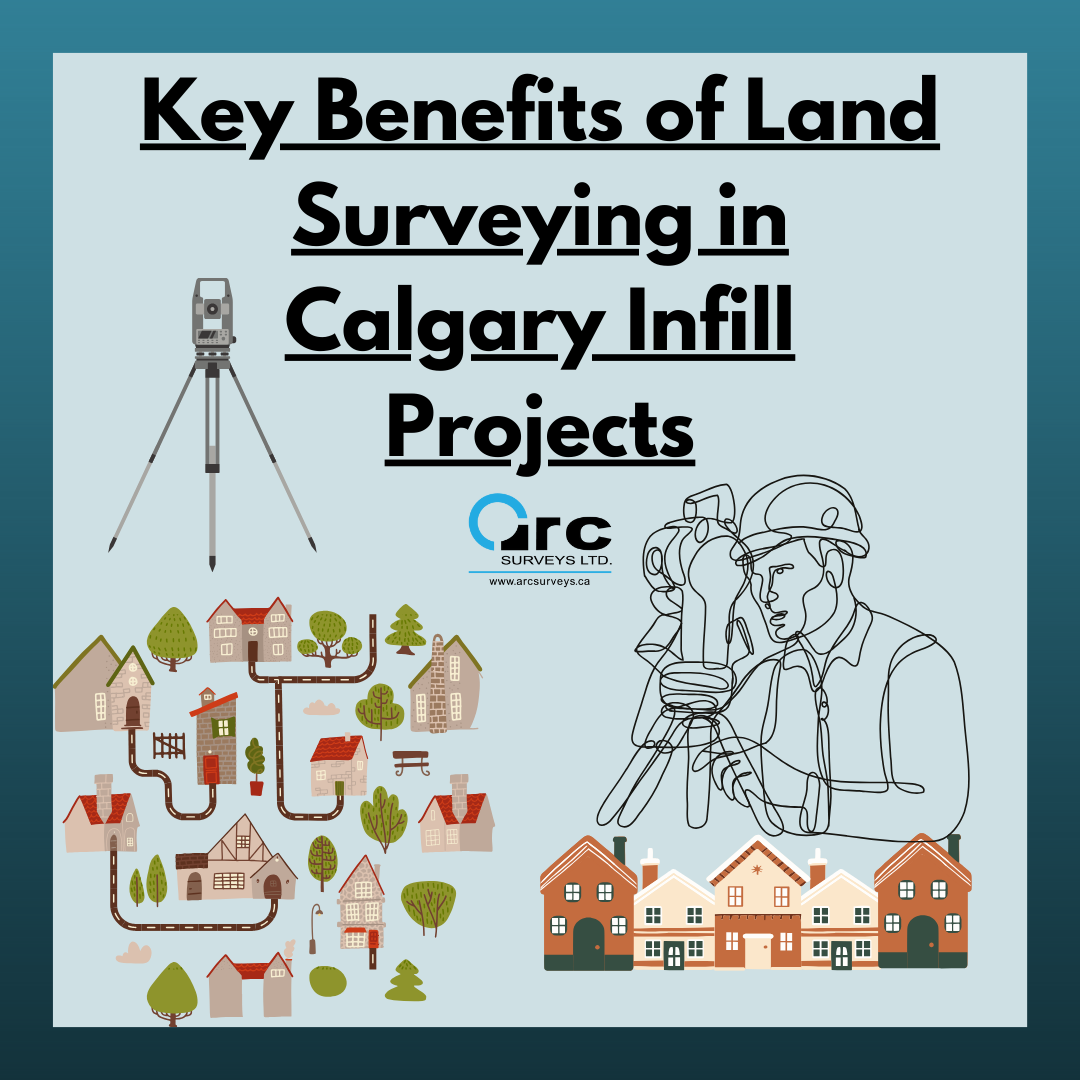The Efficiencies of Drones for Topographic Surveys
Topographic surveys are used for a variety of applications, from construction and land development to environmental management and archaeological research. Traditionally, these surveys were conducted using ground-based methods, which, although accurate, are often time-consuming and labor-intensive. However, the addition of drone technology has revolutionized the field of topographic surveying, introducing efficiencies that were previously unimaginable. Let’s dive into how drones are and have revolutionized this industry and these surveys.
Speed and Efficiency for Topographic Surveys
One of the most significant benefits of using drones for topographic surveys is the speed at which data can be collected. Traditional ground-based surveying methods can take days or even weeks to cover large areas, particularly in challenging terrains. In contrast, drones equipped with advanced sensors and cameras can capture high-resolution images and data over vast areas in a fraction of the time. This rapid data collection translates into faster project turnaround times, allowing for quicker decision-making and project initiation, a key advantage highlighted by professionals in topographic surveys.
High-Resolution Data and Accuracy
Modern drones are equipped with sophisticated technology, including high-resolution cameras and LiDAR (Light Detection and Ranging) sensors, which provide incredibly detailed and accurate topographic data. Drones can capture thousands of data points per second, creating highly accurate 3D models and maps. This level of detail and accuracy is essential for applications such as construction planning, flood risk assessment, and environmental monitoring. Moreover, drones can access hard-to-reach areas, ensuring comprehensive data collection that ground-based methods might miss. This capability is particularly valued in topographic surveys, where precise data is crucial.
Cost-Effectiveness for Topographic Surveys
While the initial investment in drone technology may seem high, the long-term cost savings are substantial. Traditional surveying methods often require significant manpower, equipment, and time, all of which add up to higher costs. Drones reduce the need for extensive ground crews and equipment, minimizing labor costs and reducing the overall expense of conducting topographic surveys. Additionally, the faster data collection and processing times mean that projects can be completed more quickly, further reducing costs associated with prolonged project timelines. Those involved in topographic surveys have found that these cost efficiencies make drones an attractive option for many clients.
Topographic Surveys Safety and Accessibility
Topographic surveys often involve working in challenging and potentially hazardous environments, such as steep slopes, dense forests, or areas with limited accessibility. Using drones for these surveys significantly enhances safety by minimizing the need for surveyors to physically enter dangerous areas. Drones can fly over and capture data from these regions without putting human lives at risk. This not only improves safety but also ensures that data can be collected from otherwise inaccessible locations, providing a more comprehensive survey. Professionals conducting topographic surveys appreciate this enhanced safety and accessibility, especially in varied terrain.
Versatility and Flexibility
Drones offer unparalleled versatility and flexibility in topographic surveying. They can be equipped with various sensors, including RGB cameras, multispectral cameras, and thermal sensors, allowing for diverse data collection depending on the project’s needs. Drones can also be easily reprogrammed and redeployed to different sites, making them ideal for multiple projects or changing survey requirements. This adaptability ensures that drones can be used for a wide range of applications, from agriculture and forestry to mining and urban planning. Those working in topographic surveys find this versatility particularly useful for the wide range of projects they undertake.
Real-Time Data Processing and Analysis for Topographic Surveys
Advancements in drone technology also extend to data processing and analysis. Many drones are now integrated with real-time data processing capabilities, allowing surveyors to analyze data on-site and make immediate adjustments if necessary. This real-time feedback loop ensures that any gaps or inaccuracies in the data can be addressed promptly, reducing the need for repeat surveys and ensuring higher data quality. Additionally, cloud-based platforms and software can be used to store, process, and share data quickly and efficiently, facilitating collaboration and decision-making. Professionals in topographic surveys have embraced these technological advancements to improve their workflow and deliver faster results.
Conclusion
The use of drones for topographic surveys represents a significant advancement in the field of surveying. Their speed, efficiency, high-resolution data collection, cost-effectiveness, safety, versatility, real-time data processing, and minimal environmental impact make them an invaluable tool for modern surveying projects. As drone technology continues to evolve, we can expect even greater efficiencies and applications, further transforming the landscape of topographic surveying. For professionals in the field, embracing drone technology is not just an option but a necessity to stay competitive and deliver the highest quality results.
If YOU need a topographic survey, or have any other surveying needs- contact us at Arc Surveys Calgary. For a FREE quote click HERE. Give us a call (403-277-1272 ) or send us an email! (info@arcsurveys.ca) We’re always happy to help.
If you’re in Edmonton, click here for our Edmonton site.






